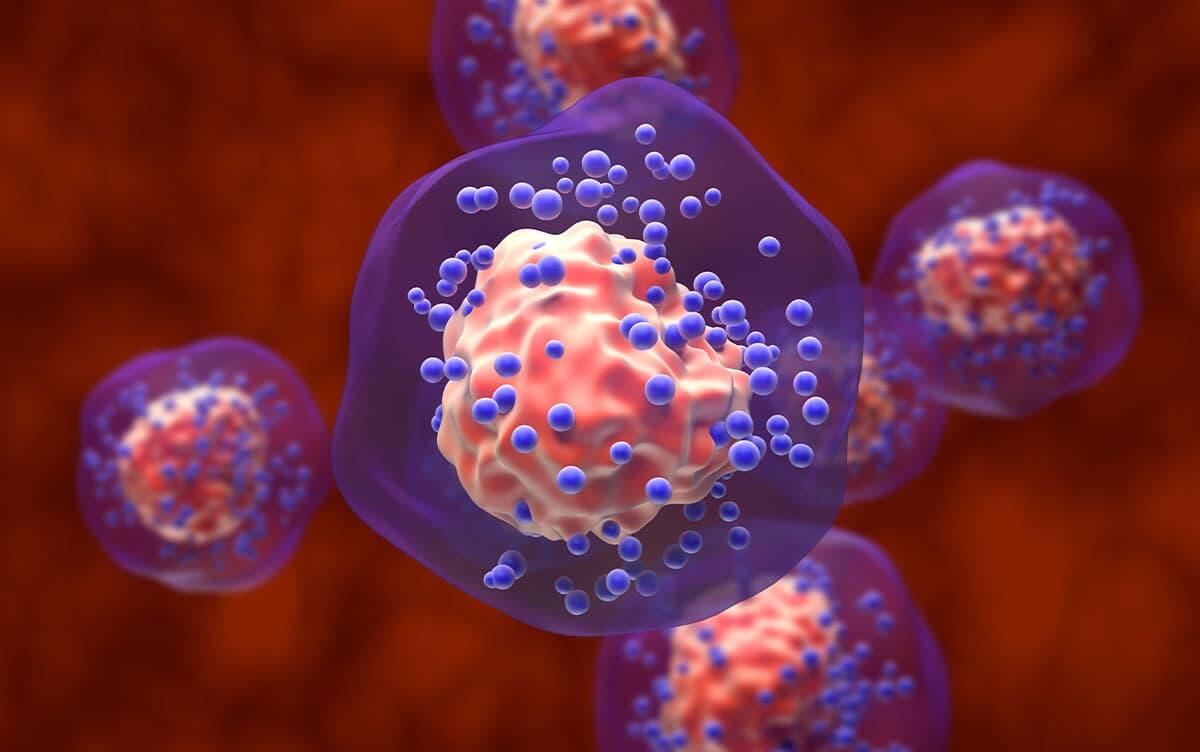Research News
Uncovering Cancer-Immune Cell Interactions Driving Breast Cancer Metastasis
 Image by Nemes Laszlo/Shutterstock
Image by Nemes Laszlo/Shutterstock
Researchers at University of Tsukuba have identified the molecular mechanism through which the tumor glycoprotein Glycoprotein non-metastatic melanoma protein B (GPNMB) promotes the differentiation of immunosuppressive tumor-associated macrophages (TAMs). This process facilitates the epithelial-mesenchymal transition (EMT) and metastasis in triple-negative breast cancer (TNBC), one of the most aggressive subtypes of breast cancer.
Tsukuba, Japan—Metastasis, the primary cause of cancer-related mortality, is driven by alterations in the tumor microenvironment (TME). Triple-negative breast cancer (TNBC), characterized by the lack of estrogen receptor (ER), progesterone receptor (PR), and human epidermal growth factor receptor 2 (HER2) expression, is notably aggressive and prone to recurrence and metastasis. This study reveals that Glycoprotein non-metastatic melanoma protein B (GPNMB), a glycoprotein highly expressed in TNBC cells, modifies the TME by reprogramming macrophages into immunosuppressive tumor-associated macrophages (TAMs), thereby advancing tumor progression.
GPNMB, present on cancer cells, undergoes cancer-specific sialic acid modification, which enables it to selectively bind to sialic acid-binding immunoglobulin-type lectin 9 (Siglec-9), an immune receptor expressed on macrophages. This interaction steers macrophages toward an immunosuppressive phenotype, thereby enhancing the epithelial-mesenchymal transition (EMT)—a process that increases cancer cell motility and invasiveness. Moreover, GPNMB establishes a self-amplifying loop that promotes its own expression, facilitating the spread of immunosuppressive TAMs throughout the TME.
Mouse model experiments demonstrated that blocking either GPNMB or Siglec-E (the functional murine homolog of Siglec-9) significantly suppressed interleukin-6 (IL-6)-mediated EMT and metastasis. These findings indicate that the GPNMB-Siglec-9 axis constitutes a central pathway in TNBC progression and therapeutic resistance and underscore its potential as a promising target for next-generation immunotherapies.
###
This work was supported by a JST START University Promotion Type, Grant Number JPMJST2052 (to K.K.) and JSPS KAKENHI Grant Number JP24K02257 (to K.K.).
Original Paper
- Title of original paper:
- Tumor-expressed GPNMB orchestrates Siglec-9⁺ TAM polarization and EMT to promote metastasis in triple-negative breast cancer
- Journal:
- Proceedings of the National Academy of Sciences of the United States of America(PNAS)
- DOI:
- 10.1073/pnas.2503081122
Correspondence
Assistant Professor KAWANISHI Kunio
(Current position: Professor, Department of Anatomy, School of Medicine, Showa University)
Professor KATO Mitsuyasu
Institute of Medicine, University of Tsukuba






